The average homeowner does not give waterproofing a second thought until they experience a water emergency and have to take immediate action. Waterproofing your home is one of the most important steps you can take to protect your investment and ensure years of safe, comfortable living. In this comprehensive guide, we will discuss everything you need to know about the process of waterproofing your laminate flooring.
Is Laminate Flooring Water-Resistant?
However, one common question about laminate is whether or not it is waterproof. The answer to this question depends on the type of laminate that you have.
There are two types of laminate:
- Water-resistant laminate;
- Waterproof laminate;
Water-resistant laminate is designed to resist water damage, but it is not impervious to water. Waterproof laminate is designed to be completely impervious to water.
So, if you are looking for a flooring option that is completely waterproof, you will need to choose a waterproof laminate. However, if you are looking for a flooring option that is resistant to water damage, a w/resistant laminate will suffice.
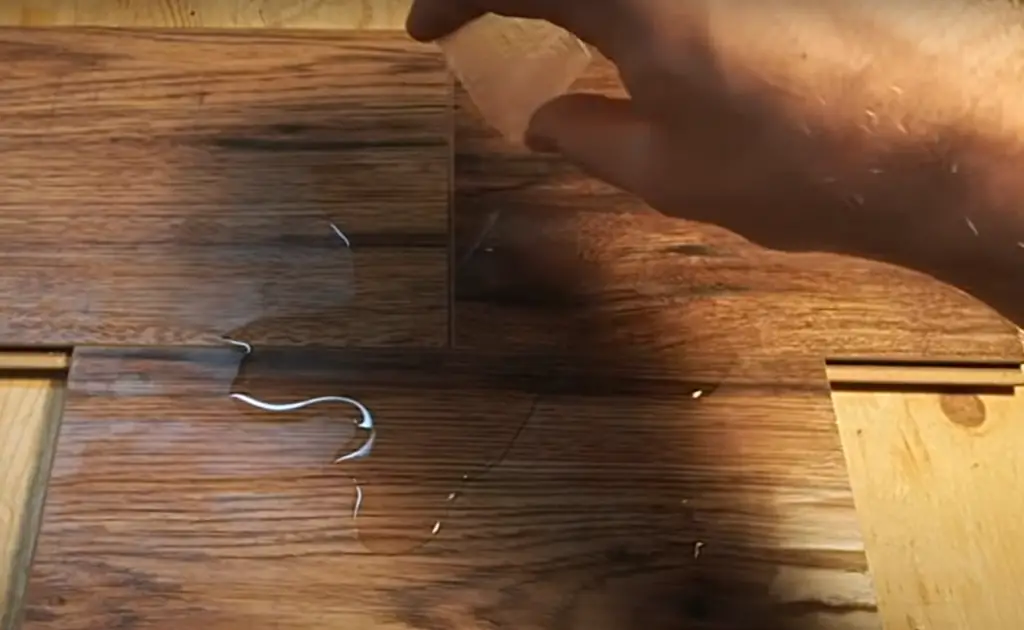
There are several things that you can do to waterproof your laminate floors:
- Use mats and rugs;
- Apply sealant;
- Use furniture pads;
Mats and rugs are an effective way to protect your floors from spills and moisture. The sealant will create a barrier between your floors and any liquids that may come into contact with them. Furniture pads will protect your floors from scratches and dents. [1]
Water resistance is an important consideration. Waterproof laminate is the best option for areas that are susceptible to moisture, such as kitchens and bathrooms. However, w/resistant laminate will suffice in most other rooms in your home. By taking the time to waterproof your laminate floors, you can rest assured knowing that your floors will be protected from spills and other damage.
Can You Seal Laminate Flooring to Make It Waterproof?
The short answer is yes, you can! Laminate is made of layers of materials glued together, with a decorative layer on top. The top layer is a photograph sealed under clear plastic.
So, if you were to spill something on your laminate floor, it would only affect the very top layer. Waterproofing the laminate floors will protect that top layer and keep your floors looking shiny and new for years to come.
There are two ways to waterproof your laminate floors: by sealing the seams or by buying pre-sealed laminate boards. Let’s take a closer look at each option:
- Sealing the Seams: You can buy a seam sealer at your local home improvement store. Sealing the seams is a pretty easy process: just follow the instructions on the product’s label;
- Pre-Sealed Laminate Flooring Boards: The other option is to buy pre-sealed laminate flooring boards. These are becoming more and more popular because they’re so easy to install. And, you don’t have to worry about sealing the seams yourself – it’s all been done for you [2];
How to Waterproof Laminate Flooring?
Most people don’t realize that laminate floors can actually be quite vulnerable to water damage. That’s why it’s important to waterproof your laminate floors, especially if you live in an area with high humidity or are prone to spills.
There are a few different ways you can waterproof your laminate floors:
- You can use a sealant, which will create a barrier between the floor and any liquid that comes into contact with it;
- You can also use a moisture-resistant underlayment, which will help to prevent moisture from seeping up through the cracks in the flooring;
- Finally, you can install raised flooring, which will create an air gap between the ground and your laminate floors, preventing moisture from ever reaching them;
Seal Locking Mechanisms
The first step in waterproofing is to seal the locking mechanisms. Most laminate floors have a tongue and groove design, which means that the boards fit together like puzzle pieces. Over time, these locking mechanisms can become loose, allowing water to seep in and damage the flooring.
To prevent this from happening, you’ll need to seal the locking mechanisms with a silicone-based sealant. Simply apply the sealant to the joints between the boards and let it dry. This will create a barrier that will keep water out and prevent the boards from coming apart.
Finally, if you’re really worried about water damage, you can install raised flooring. This will create an air gap between the ground and your laminate floors, preventing moisture from ever reaching them.
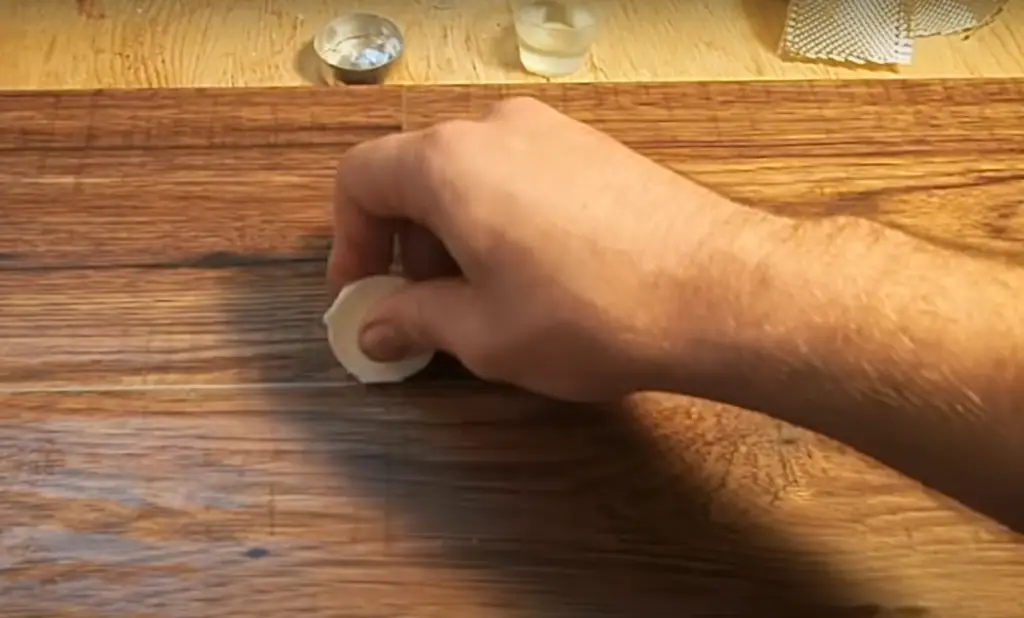
Silicone Damage Prevention
Another way to waterproof your laminate floors is to use a silicone-based sealant. This type of sealant will create a barrier between the floor and any liquid that comes into contact with it.
To apply the sealant, simply run a bead of it along the edge of each board. You can also apply it to the joints between the boards. Let the sealant dry.
If you live in an area with high humidity, you may also want to consider using a moisture-resistant underlayment. This will help to absorb any moisture that does manage to make its way through the sealant and prevent it from damaging the flooring.
Caulk Expansion Gaps
Most laminate floors have expansion gaps around the edges of the room. These gaps are important because they allow the flooring to expand and contract without damaging the boards.
Unfortunately, these expansion gaps can also be weak spots for water damage. If water seeps into these gaps, it can cause the boards to swell and eventually warp.
To prevent this from happening, you’ll need to caulk the expansion gaps. Simply run a bead of silicone-based caulk around the perimeter of the room, making sure to fill in any cracks or openings. Let the caulk dry for 24 hours before walking on the floor or exposing it to water.
Polyurethane Coating
If you’re really worried about water damage, you can apply a polyurethane coating to your laminate floors. This type of coating will create a barrier that will prevent water from seeping in and damaging the flooring. [3]
The Pros and Cons of Sealing Laminate Floors
Some people might say that adding an extra layer of protection to your laminate floors is just another way of increasing the chances of something going wrong. And while it’s true that you are introducing a new element into the equation, we believe that the pros far outweigh the cons when it comes to sealing laminate floors.
Here are some of the advantages of sealing your laminate floors:
- It will protect your floors from dirt, dust, and other everyday debris;
- Sealed floors are much easier to clean and maintain than unsealed floors;
- It will add an extra layer of protection against water damage;
- Sealed floors will last longer than unsealed floors;
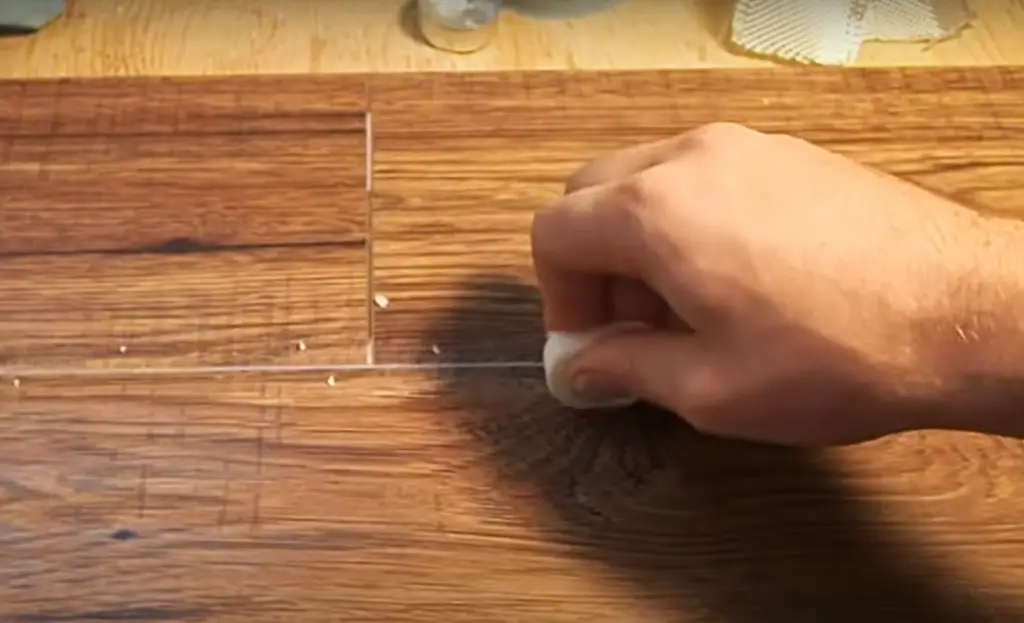
Now let’s take a look at some of the disadvantages of sealing laminate floors:
- It can be difficult to find a sealer that is compatible with laminate floors;
- Applying a sealer to your laminate floors can be a time-consuming and messy process;
- If not done correctly, sealing laminate floors can actually cause more harm than good;
Should You Seal the Whole Floor or Just the Edges?
It’s important to note that you can actually damage your laminate flooring by over-sealing it. If you accidentally get sealant on the flooring itself, it can cause the boards to warp and become discolored. So, unless you are specifically instructed by the manufacturer to do so, only seal the edges of the laminate planks where they meet the wall.
Another common question is how often you need to reseal laminate floors. The answer will depend largely on how much traffic goes through your home on a daily basis. In general, though, every six months should be sufficient. If you have pets or small children who spend a lot of time crawling or playing on the floor, you may want to do it more often.
One last thing to consider before you start sealing your laminate floors is what kind of sealant to use. There are two basic types: water-based and solvent-based. Solvent-based sealants will provide better protection against moisture, but they can also be more difficult to work with. Water-based sealants are easier to apply and won’t yellow over time, but they may not stand up as well to spills and puddles. Ultimately, the best choice for you will depend on your specific needs and preferences.
Waterproof vs Water-Resistant Laminate Flooring
When it comes to laminate flooring, there’s a big difference between waterproof and water-resistant. Waterproof laminate flooring is completely impervious to water, meaning it won’t swell, warp, or be damaged in any way if it gets wet. Water-resistant laminate flooring, on the other hand, is designed to resist water but isn’t necessarily immune to it.
So which one should you choose? If you’re looking for the most durable option possible, then waterproof laminate flooring is the way to go. However, if you’re on a budget or your home doesn’t get a lot of foot traffic, then water-resistant laminate flooring may be a better option.
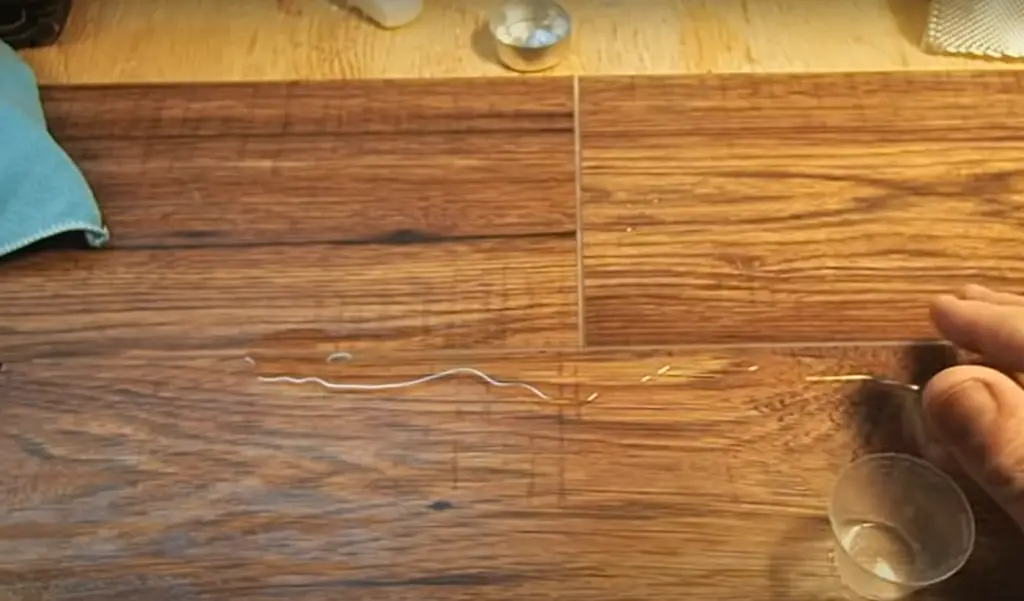
Can You Seal Laminate Flooring With Polyurethane?
Yes, you can seal laminate with polyurethane. It is important to note that not all polyurethanes are created equal. You will need to use a product that is specifically designed for laminate floors in order to get the best results.
What to Consider Before Waterproofing Laminate Floors?
There are a few things you should take into consideration:
- First and foremost, is the laminate actually water-resistant? Many types of laminate have a water-resistant sealant applied during manufacturing, which will make them more resistant to spills and splashes. However, this does not mean that they are completely impervious to moisture. It is still possible to waterproof it yourself with a product like Polyurethane. Every few years, depending on the amount of traffic in your house, your driveway will need to be repainted;
- Another thing is the type of flooring underneath. If you have a concrete subfloor, it is more likely that moisture will seep up through the cracks and cause your laminate flooring to warp. In this case, it is best to install a vapor barrier before laying your laminate flooring;
- Consider the climate in which you live. It is important to take measures to protect the laminate from excessive moisture. This can be done by using a dehumidifier or by opening windows and doors on days when the humidity is low;
Laminate Floor Sealers
Laminate floor sealers are the most common form of waterproofing. Sealers work by creating a barrier between the laminate and the water.
There are two types of sealers: penetrating and topical. Penetrating sealers soak into the pores of the laminate and create an invisible barrier against water damage. Topical sealers sit on top of the laminate and provide a glossy finish that is resistant to water, dirt, and stains.
Most sealers will need to be reapplied every few years to maintain their effectiveness.
Tips on Sealing Laminate Flooring:
- Seal the seams between each plank with waterproof caulk;
- Use silicone sealant or another type of Waterproofing membrane to create a barrier between the floor and any water that may come in contact with it;
- Apply a coat of Polyurethane or other waterproof sealant designed specifically for laminate floors;
Follow the instructions when applying any type of sealant to your laminate floors.
Waterproofing floors is an important part of protecting them from damage caused by water spills and moisture. By taking the time to Seal the seams between each laminate plank and applying a coat of waterproof sealant, you can help keep your floors looking beautiful for years to come.
FAQ
Can I make my laminate floor waterproof?
The short answer is yes. Note that laminate flooring is not naturally waterproof. In order to make it waterproof, you will need to take some extra steps.
One way to make your laminate floor waterproof is to buy a waterproof sealant or coating and apply it to the surface of the flooring. Another way to waterproof laminate floors is by using a special underlayment that is designed for this purpose. This underlayment will help to prevent moisture from seeping through cracks in the floor and causing damage. [5]
Is there a waterproof sealant for laminate flooring?
Yes, there are waterproof sealants for laminate. Waterproof sealants can be applied to the flooring’s surface in order to create a w/resistant coating. [6]
Can you put a sealant on the laminate flooring?
Yes, you can. Not all sealants are created equal. Some sealants will provide better protection than others. When choosing a sealant, be sure to select one that is specifically designed for laminate floors.
Applying a sealant is a fairly straightforward process. Simply follow the instructions on the product label. In most cases, you will need to apply the sealant with a cloth or brush and then allow it to fully dry. Once the sealant has dried, your floor will be protected from water damage.
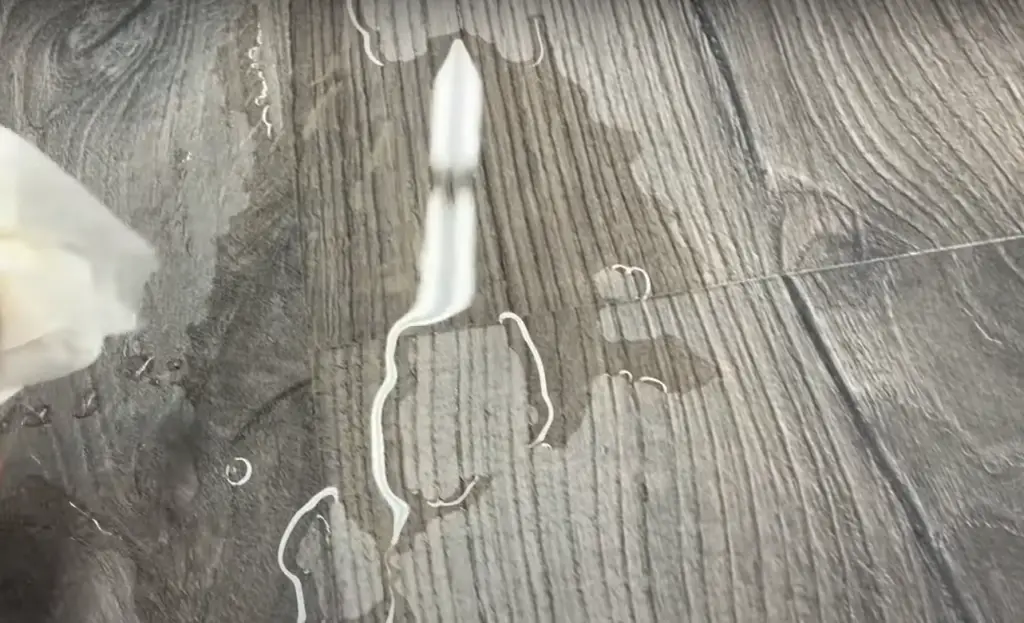
It is important to reapply the sealant every few months to ensure that your flooring remains protected. Be sure to follow the manufacturer’s instructions carefully to get the best results.
Can you put a clear coat over the laminate flooring?
You can, but it’s not recommended. A clear coat will not protect your floor from scratches or wear and tear as well as a proper laminate floor sealer. In addition, a clear coat will make your floor more slippery, which could be dangerous.
If you do decide to use a clear coat, be sure to apply it evenly and carefully. It’s also important to let the clear coat dry completely before walking on the floor or placing any furniture on it.
Otherwise, you could end up damaging your floor. [7]
It’s best to avoid using a clear coat and instead opt for a sealer or waterproof coating. These products will provide better protection and help to keep your floors looking like new.
How do I clean my laminate floor?
Laminate floors are relatively easy to clean. You can sweep them with a soft broom or vacuum them using the soft brush attachment. To mop them, use a damp mop with water and mild soap. Avoid using harsh chemicals or cleaners as they can damage the finish of the flooring. If you spill something on the floor, be sure to clean it up immediately to prevent any water damage.
You should also avoid mopping the floor with a wet mop as this can cause the laminate boards to swell and warp. If your floor gets wet, be sure to dry it off.
How often should I clean my laminate floors?
You should sweep or vacuum your laminate floors at least once a week to remove dirt and debris. You should also mop them regularly with a damp mop and mild soap.
Useful Video: Protect Laminate Flooring from Water Damage!!!
Conclusion
Laminate flooring is a great option for many homes and businesses because it is durable and easy to care for. Anyway, laminate floors are not waterproof and can be damaged by water or moisture if not properly protected. Waterproofing your laminate floors will extend their life and protect them from damage. There are several ways to waterproof laminate floors, and the best method will depend on the type of flooring and the level of protection you need. Thank you for reading!
References:
- https://karmaflooring.com.au/blog/is-laminate-flooring-waterproof/
- https://zothex.com/make-laminate-flooring-waterproof/
- https://weekendbuilds.com/how-to-waterproof-laminate-flooring/
- https://www.ehow.com/info_12113079_kinds-sealants-can-put-laminate-floors.html
- https://www.hardwooddesigncentre.net/blog/making-laminate-flooring-waterproof/
- https://carpettogo.com/how-to-waterproof-laminate-flooring/
- https://www.homedepot.com/c/ah/how-to-clean-laminate-floors/9ba683603be9fa5395fab90a04f37d5

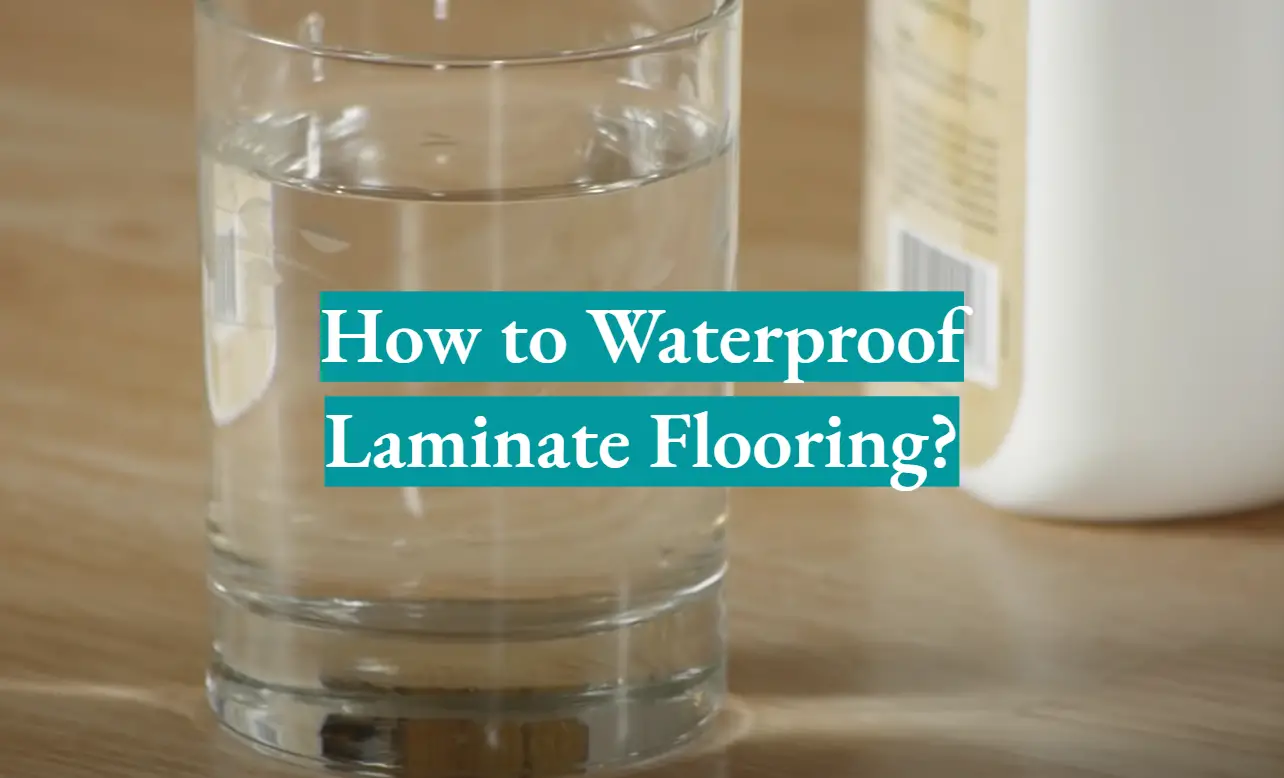
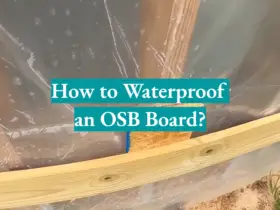
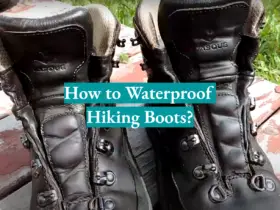


Leave a Reply